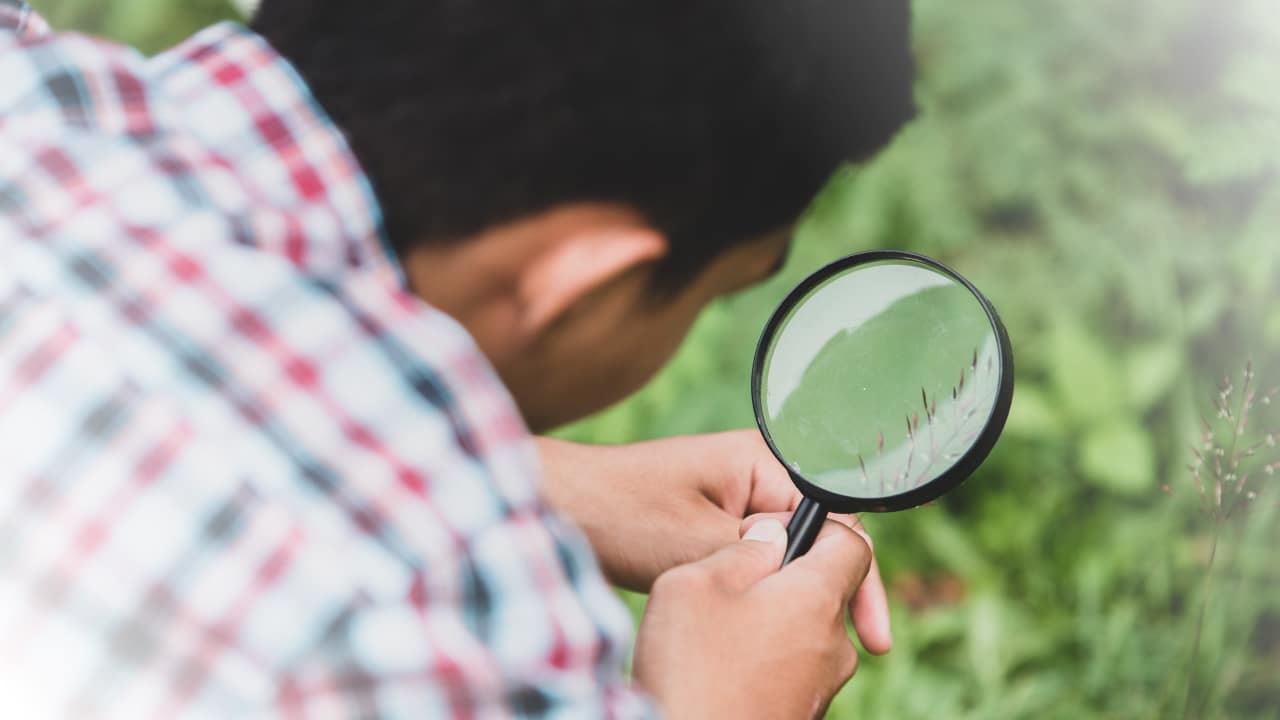
Weed or Plant? We Help You Identify It!
Nothing ruins a great lawn or garden like a weed. But what exactly is a weed? In Minnesota, there are a number of common garden weeds that can grow, wreaking havoc on your carefully planned and planted garden bed. It can get tricky identifying weeds vs. plants in your garden, especially since many horticulturalists characterize plants and weeds similarly.
It may surprise you to think about weeds in a different way than you’re used to. Sure, many common garden weeds can be harmful to your plants and grass, but a lot of what we consider weeds in Minnesota are simply plants that are undesirable. Dandelions, for example, are not harmful to your lawn at all; they actually fertilize it. We often consider many plants that grow in undesirable places to be weeds, but when it comes down to it, identifying weeds vs. plants in Minnesota takes a little bit of horticulture knowledge. With practice and patience, you’ll be an expert gardener and weed connoisseur in no time.
Common Characteristics of Weeds
Identifying weeds vs. plants comes down to understanding common characteristics of weeds. Lawn experts have established a few key qualities of weeds in Minnesota to help you better understand what to look for when caring for your garden. Common characteristics of weeds include:
- Growing in unwanted areas
- Spreading quickly and aggressively
- Feeding off of healthy flowers and grass, killing nearby plants
- Deep root systems
Most weeds in Minnesota are not necessarily harmful to plants, but they can still be unwanted pests. As mentioned before, dandelions are a perfect example of plants that are technically not weeds, but are treated as such. Non-native plants are automatically considered weeds and can grow and spread quickly, doing damage to your garden and the local ecosystem. By identifying weeds vs. plants in your lawn, you can help keep the environment and your garden healthy and thriving.
Common Characteristics of Plants
On the other hand, identifying plants in your garden is just as important as identifying weeds. The characteristics of plants are perhaps less simple and not as “black and white” as the common characteristics of weeds. Generally speaking, “good” plants in your garden and yard are ones you know you planted and can identify. Most likely, you know the name and have a general idea of what they look like. Because many of what we consider weeds are just unwanted plants, then “good” plants are ones you want and purposely planted.
Additionally, plants are often visited by bees and other insects for pollination purposes. If your plants seem to be popular in your area, that’s a good sign that they belong there. Native species are beneficial to the environment and are great additions to your garden and lawn.
Harmful Weeds in Your Lawn and Garden
Okay, so you generally know how to identify a weed vs. a plant in your garden. Great. But let’s get to the nitty gritty of it all. We’ll cover some common harmful weeds in Minnesota that you definitely should know about and get rid of if you spot them. These weeds are typically invasive, non-native species that feed off of your existing garden habitat. They can harm your plants and animals in the area, and can even be harmful to your skin.
Poison Oak
Poison oak is a common native species in Minnesota that can be harmful to humans and pets. It can leave itchy and painful rashes on your skin if you touch it, so identifying it beforehand is important. This plant is short, only growing about three feet high, and grows in groups of three. Its leaves are a dark green and resemble oak’s leaves.
Poison Sumac
This plant can grow much taller than poison oak, and causes similar pain and reactions. Poison sumac is fairly common, identifiable by its fuzzy, round leaves with red stems. These plants often have white berries growing on them as well.
Crabgrass
Crabgrass is an invasive species that is harmful to lawns and plants. Many Minnesotans are familiar with this plant as it has become common in many yards. Crabgrass is identifiable in patches with its nappy, pointy blades growing above many types of grass. This invasive plant can take over quickly and should be treated as soon as you recognize it.
Noxious Weed
There are many types of noxious weed that grow in Minnesota. These are commonly not native to the state and cause harm to other plants, animals and humans. Learning about the various colors and types of noxious weeds in Minnesota can help you grow a healthy lawn.
Identify and Treat Weeds in Your Lawn and Garden
Once you can identify a weed vs. a plant in your lawn and garden, you can be on your way to a healthy, biodiverse habitat. Weeds in Minnesota can wreak havoc if not treated right away, which is why it’s so important to understand the common characteristics of weeds and take the proper precautions and steps to limit the weeds in your lawn and garden.
Certain websites and apps can help you identify plants and potential weeds that are growing on your property. Taking these apps with you on the go can empower you to learn what is growing in your garden, and can get you started on treating your habitat.
Another excellent way to treat weeds in your garden is to call the experts at Scott’s Lawn Care. We have become all-too familiar with different types of weeds in Minnesota and have perfected weed treatment to keep the bad plants away and the good plants healthy and thriving.
If you are ready to plant your garden this spring and want to have peace of mind that no weeds are growing this year, call Scott’s Lawn Care. We’ll weed your garden the right way, for good.
